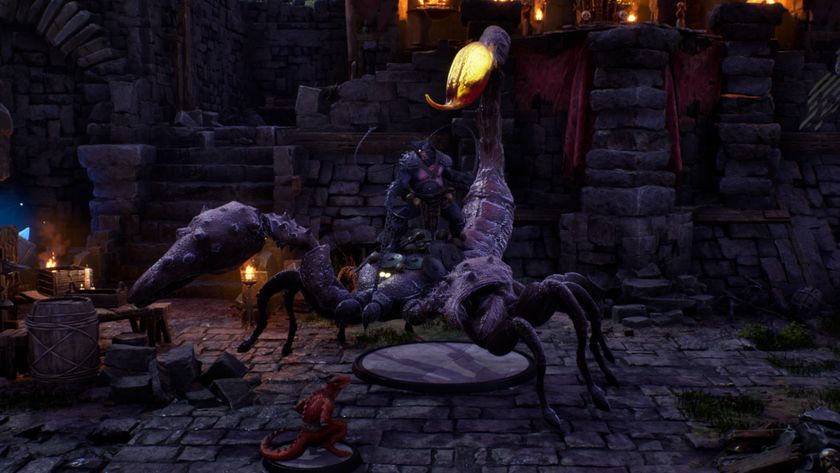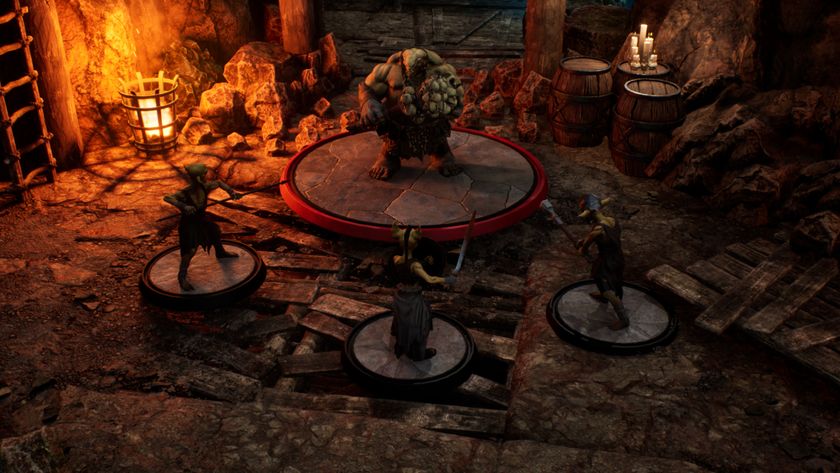D&D "didn't burn the game down" for the new rulebooks: it's still the RPG you love
Interview | D&D creative director Chris Perkins tells us why the rules are changing
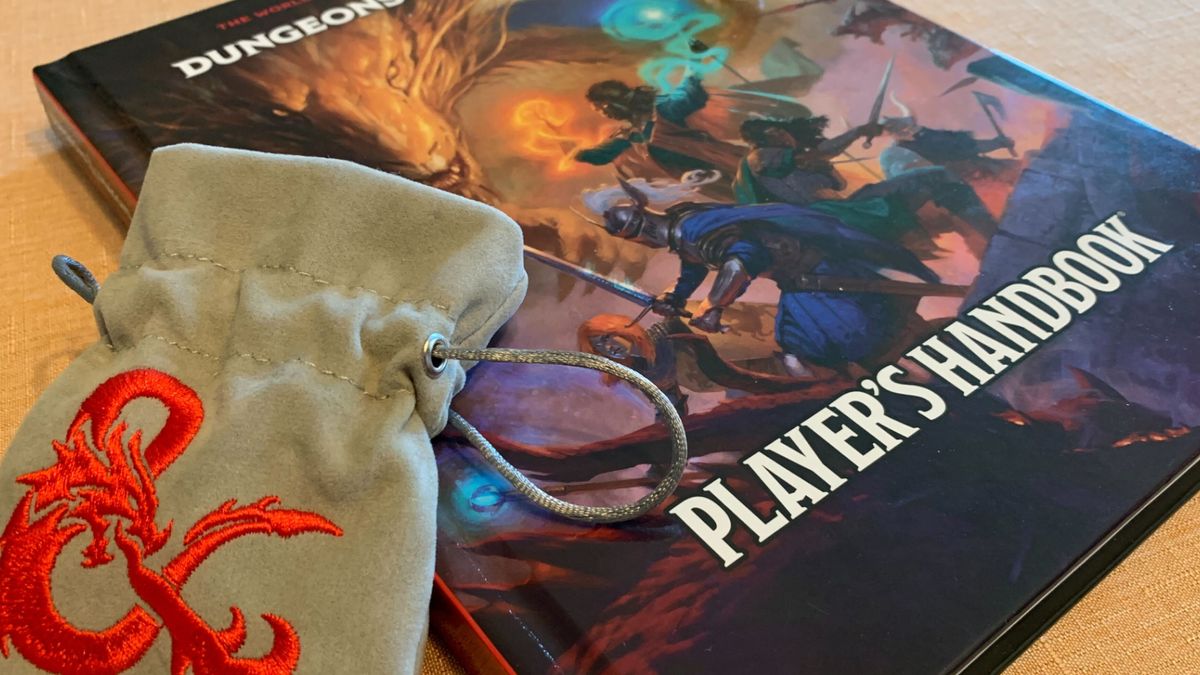
There are plenty of questions you could ask about the new D&D rulebooks. How has my favorite class changed? What subclasses are there for me to try? But the biggest one is a lot simpler: why? Why do these need to exist in the first place?
For D&D creative director Chris Perkins, it's all additive rather than reductive. While they iterate on the Fifth Edition D&D rulebooks we got in 2014, the 2024 versions are not attempting to remake that wheel.
"We haven't thrown everybody's expertise out of an airlock," Perkins said when we caught up with him at Gen Con 2024. "It is, at the system level, the same game. But we have also, with 10 years of feedback, smoothed out some of the wrinkles in the bed. Things that people were tripping over have been framed a little differently, so they're easier to [understand], or things that were on wishlists where folks were like, 'oh, I wish this worked this way,' we've done that, where the fans have said it's okay to do that. So we've made some tweaks to things here and there."
Naturally, it's not all familiar. Entirely new rules are making an appearance in the 2024 Player's Handbook too, and that's proven to be a fine line to walk.
"The balancing act is we have to keep it in the space of the familiar while also adding stuff that feels fresh and new and exciting," says Perkins. "Classes that you know, and love, we've juiced them up, we've given them a bit more flair and flash, and things they couldn't do before – like Fighters using Weapon Mastery. This property now sort of gloms onto weapons to make them much more exciting and fun to play. We don't think that those are going to be big lifts for folks, [we believe] they're going to be super excited to dive in and play characters using these new options."
Amping up the fun
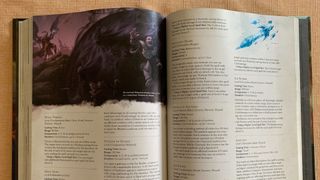
It feels as if this revamp has been a long time coming. And in a literal sense, it has; this update for one of the best tabletop RPGs was first announced in 2022. But more specifically, publisher Wizards of the Coast has been pumping out 'Unearthed Arcana' playtests regularly for the past two years. When combined with an extensive social media campaign that details all of the changes each class will receive, the anticipation has reached boiling point.
With the Player's Handbook's September release day fast approaching and a group of lucky Gen Con 2024 attendees being given it early, that journey's almost over. After countless hours spent refining the system, Perkins is just excited for fans to finally get their hands on this new tome.
Sign up to the 12DOVE Newsletter
Weekly digests, tales from the communities you love, and more
"I just want, at very first blush, people to open it up and go, 'oh my God, this is such a pretty book – the art looks amazing, the layout looks amazing. It just looks like a fantastic, fantastic glow-up of the 2014 Player's Handbook.' And then when they started digging into it, just discover all the little things that we squeezed into those 384 pages. Little goodies, some new stuff, some little little bits of added lore."
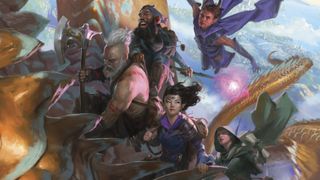
If these books were always envisioned as one massive tome, why split them up and release them so far apart? According to Perkins, "the reason we spaced them out is many fold. One, it's a 1,000 page book split into three parts. That is a lot of pages for bookstores to take on. It is it a lot of paper for our printers. We already can't print them all at one printer. We have to do multiple printers. Our distributors are like, 'please don't have all of this drop in our warehouses at the same time…' Spacing them out [also] felt like it was good for people's bank accounts. It was good for stores, it was good for distributors. It was good for retailers. And because you can use your existing books, the impact on the games at the table happening now is minimal."
Thanks to those near-400 pages, there's certainly enough to draw from. Indeed, the new Player's Handbook, Dungeon Master's Guide, and Monster Manual were described by Perkins and lead rules designer Jeremy Crawford as one book split into three during the Gen Con D&D press panel. (You can find out everything revealed in our guide to all the D&D announcements from Gen Con 2024.)
"Well, that's the weird thing. We don't find ourselves in this space too often where we're not building a new edition. We didn't burn the game down and build a new game on top of it," explains Perkins. "So until your 2025 Monster Manual comes out, until your 2024 Dungeon Master's Guide comes out, you use the current ones. They are perfectly valid. They work together. And so you can build new characters with the Players Handbook that's just come out and then run adventures like Curse of Strahd, or The Wild Beyond the Witchlight, use the stat blocks from the monster manual as they are today. No problem whatsoever. Everything works."
If that's the case, though, why should players upgrade at all?
"I think there are so many user experience improvements at play here," Perkins says. As an example, there's been a lot of emphasis on fixing everything from small stumbling blocks (like health potions using up a full action) to bigger problems such as certain classes being underpowered. The team seems to have also kept the most important goal of any game at the forefront – to make sure everyone's having as much fun as possible.
The new Monster Manual is a good case in point. Its stat blocks are apparently "going to be easier on DMs, and the monsters are going to be doing more interesting things at the table." According to Perkins, this is true across the board. For instance, "all the [DMG's] magic items have, just like the classes, had the fun amped up a little bit. Or maybe they're easier to run."
New horizons, old haunts
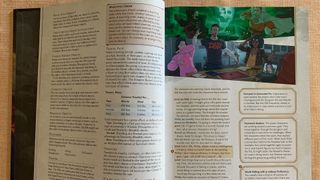
Another notable change isn't quite as sexy, but it's arguably more useful. As Perkins explains, "it was very important for us this time around to consult with UX consultants and tap their expertise and get them to tell us how we frame information on a page, or on the inside of a DM screen, so that people can access it in the easiest, best way possible, knowing that people don't generally read anymore. But you know, we're a text based game. And that's the way it is. So we can't get away from no text, we just have to figure out the better ways to present the text that we have. And so everything, even things that seem inconsequential, are hugely impactful, like increasing the point size of our books. At the start of each class, there's like a little summary box that has everything basically in a nutshell. So you don't have to read paragraphs or anything, or you don't have to go digging, or even flip to the next page. [These are] all very deliberate attempts to… help people engage with the game more easily."
That's also why the setting in the upcoming Dungeon Master's Guide was chosen. Even though Baldur's Gate 3 and the recent D&D movie put more eyeballs on the Forgotten Realms, Greyhawk is the world being included here – and it's thanks to that streamlined approach.
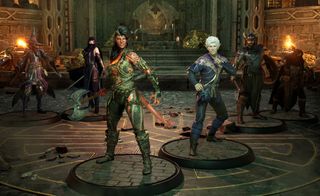
With the enormous success of Baldur's Gate 3, will we be seeing more from those characters and that world? Absolutely. Perkins says "as D&D creative director, [I'm] working with my team to figure out okay, we've got all this lore around the game, and all this lore around the characters. How can we build other expressions, other things, other ways for people to engage with these characters and locations? That's what we're driving at going forward… You'll start to see more BG3 paraphernalia slash engagement slash expressions in the not too distant future. And that's all I can say."
"Well, what's interesting is that Greyhawk is the first published campaign setting [for D&D]," Perkins tells us. "So one of the reasons it occurred to us that maybe this is a setting to include is because it is the granddaddy of all campaign settings, ever. It inspired, to some extent, how campaign settings were created, and the format that they took for years and years and years. But a lot of people don't know that the original Greyhawk set, the original World of Greyhawk folio, 1980, was very spare. It was like, 'here is a map. Here are some place names with some rulers'. And like, one paragraph of description about the location, along with some organizations and some cool sigils and other things. That was it. That was Greyhawk.
"It is, in that respect, a very pure and very distilled experience. And what was magical about it is it didn't have any point of view. It left it up to the DM to take those names, take those places, and put some skin on those bones… It is that concept that we focused on for the DMG, because we knew we had a finite amount of space. We wanted something nostalgic that will make some fans go, 'oh my god, wow, that's unexpected and cool, but not totally out beyond the pale.' But we also wanted to hold true to this concept of, let's give you a bare bones skeleton, a setting that you can then make your own, that doesn't bring in a lot of Greyhawk lore from later editions or installments, and is just inspirational in a non-threatening kind of way."
This isn't to say Wizards of the Coast is slavishly recreating Greyhawk as it existed 30-odd years ago. It goes without saying that certain attitudes have changed over the last few decades, so the team has tried to bring it into the modern day.
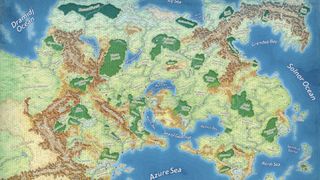
"We're also thinking, this can't be Greyhawk 1978 or 1980," Perkins says. "This has to be Greyhawk 2024. So is there anything that is problematic [about the original version]? Let's send it out to the sensitivity consultants, to inclusivity reviewers, get their feedback on the setting, and then work with that. Like, one of the things about the original Greyhawk, and I'll be perfectly honest about this, you look at the lands and the rulers, almost all the rulers are men. That is something we will have to address. And we do."
Fortunately, the venerable setting didn't need too much tweaking. Once a few names or places had been edited, Perkins and the team felt that it has been able to "present a very exciting world for people to build on."
That last point feels very true to the spirit of these new D&D rulebooks. Rather than tearing up everything that came before, it's about filling cracks in the plaster and adding a fresh coat of paint. This feels like Wizards' answer to why players should upgrade; Perkins likens it to the rules glossary in the 2024 Player's Handbook.
"It's all encompassing, insofar as it covers everything. It's got all the condition definitions, it's got how initiative works, it's got how actions work, it's got everything... It's just sort of following the mantra of the book, which is really kind of paying attention to the user experience, and making it as accessible and referential and resourceful as possible."
For recommendations on what to play while you wait to add these to your collection of D&D books, be sure to check out the best board games.

I've been writing about games in one form or another since 2012, and now manage 12DOVE's tabletop gaming and toy coverage. You'll find my grubby paws on everything from board game reviews to the latest Lego news.
- Rollin BishopUS Managing Editor
Most Popular




